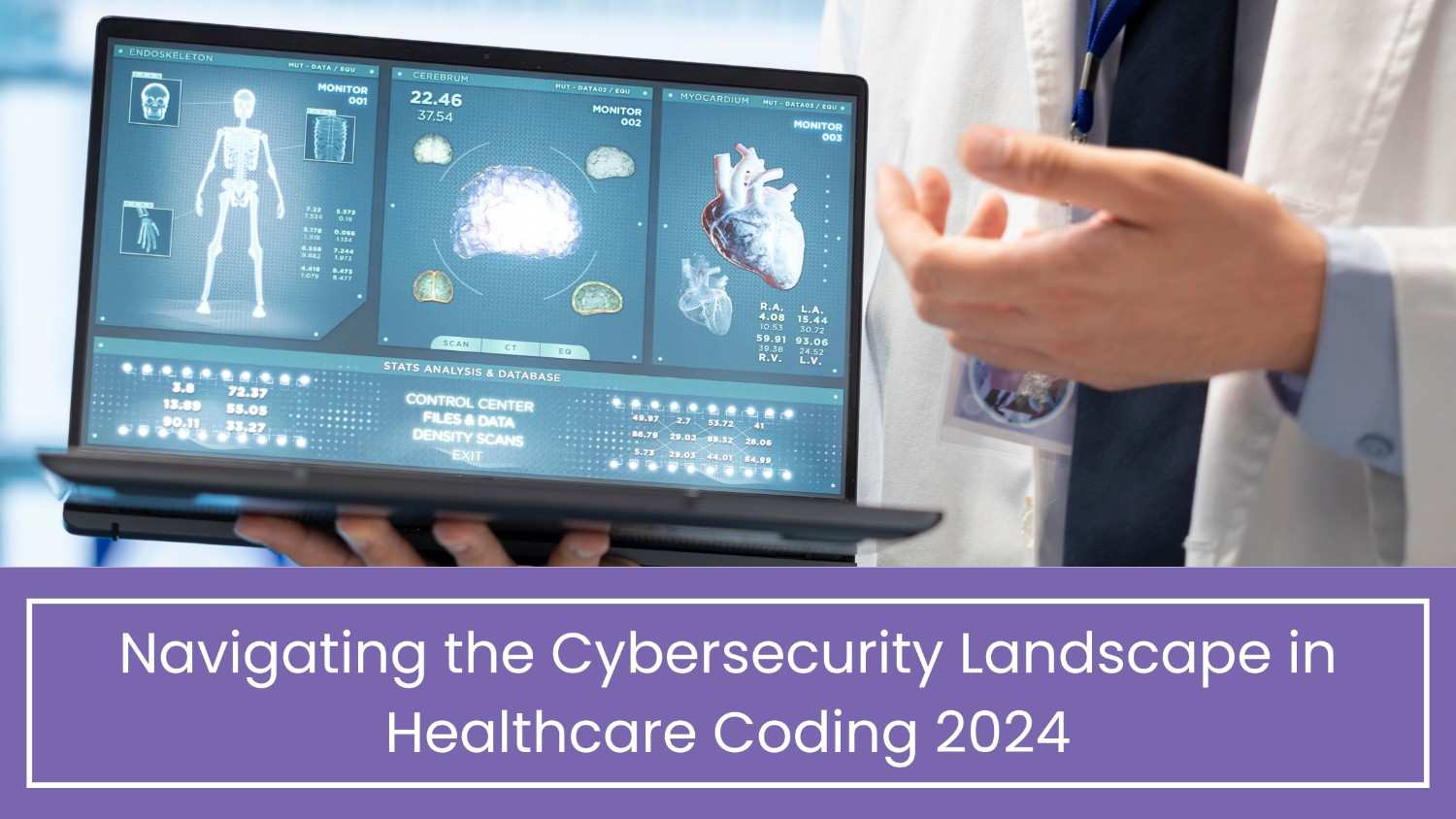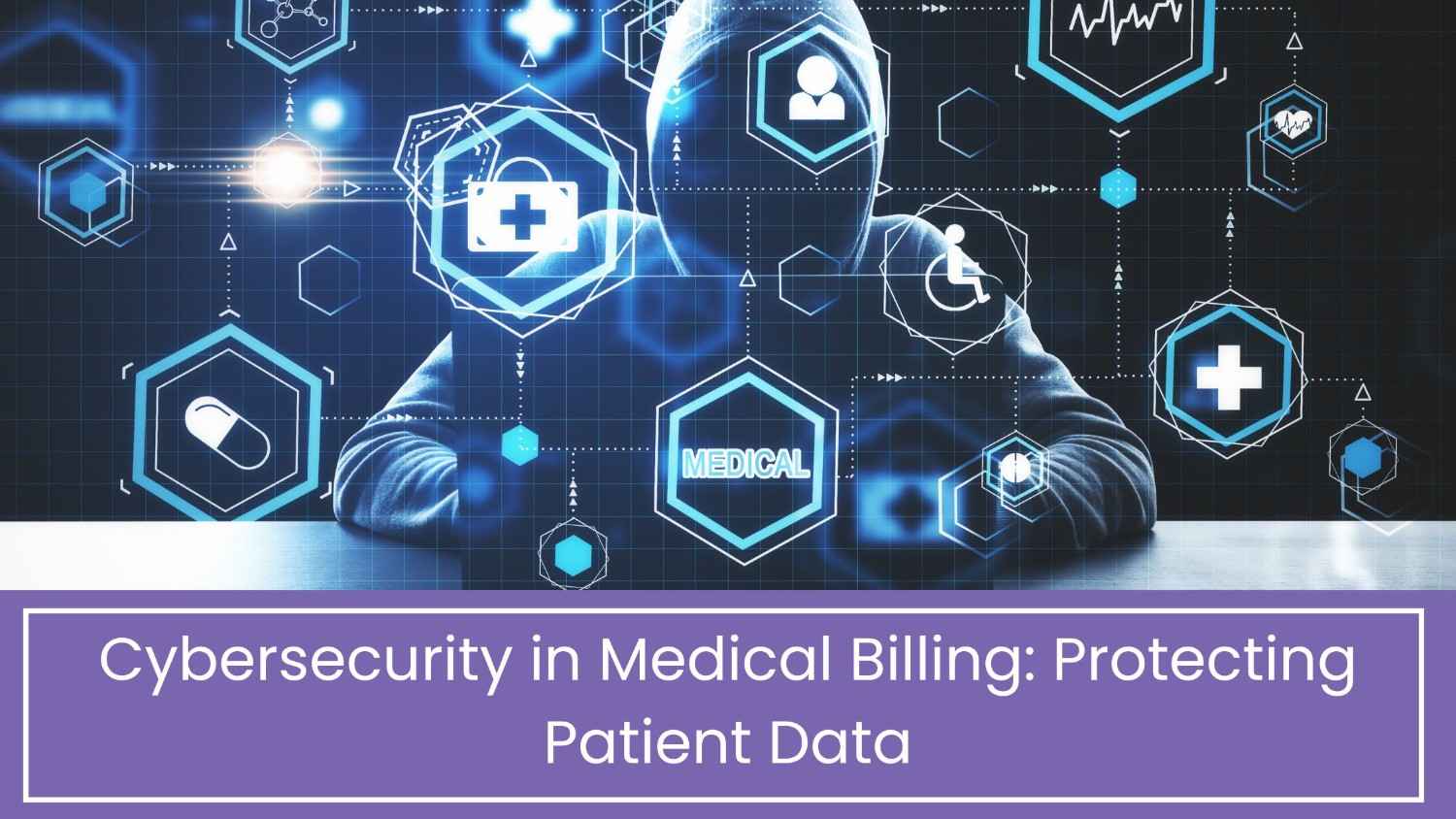Navigating the Cybersecurity Landscape in Healthcare Coding 2024
In the intricate tapestry of modern healthcare coding 2024, the role of medical coders extends far beyond the surface, entwining with the digital realm where data intricacies and cybersecurity threats converge. As we tread the path of 2024, the narrative of medical coders needs to encompass not only the meticulous translation of medical records but also a vigilant defense against the relentless onslaught of cybersecurity challenges. The essence lies in the adoption of robust cybersecurity practices, forging a shield to protect the sanctity of patient information in an era where data breaches and digital intrusions loom large.
Table of Contents
Understanding the Threat Landscape
The intricate dance between healthcare and technology exposes medical coders to a spectrum of cybersecurity threats that evolve with alarming dexterity. Ransomware, with its ability to paralyze operations, and phishing attempts, cleverly disguised to infiltrate digital fortresses, present clear and present dangers. A nuanced comprehension of this threat landscape is fundamental for medical coders in 2024, emphasizing the symbiotic relationship between digital vigilance and the preservation of patient confidentiality.
Importance of Cybersecurity in Healthcare Coding 2024
In exploring the crucial link between medical coding and cybersecurity, we uncover a significant responsibility. This responsibility goes beyond legal and ethical requirements, touching on the fundamental duty of safeguarding patient health information. Medical coders are custodians of this sensitive data, and it is imperative that they incorporate strong cybersecurity measures into their coding practices. By doing so, they strengthen the defenses protecting patient information, underlining the essential need for robust and seamless integration of cybersecurity in their daily tasks.
Secure Coding Practices
Within the intricate dance of medical coding, the application of secure coding practices emerges as a pivotal overture. The meticulous validation of input, the strategic deployment of parameterized queries, and the steadfast avoidance of hardcoded credentials become the notes in a symphony of defense against cyber vulnerabilities. By mastering these practices, medical coders not only enhance the accuracy of their coding but also build resilient ramparts against potential cyber threats.
Access Control and Authentication
In the symphony of cybersecurity, access control and authentication compose the crescendo, determining who gains entry to the digital stage of medical coding. The advocacy for unique user accounts, stringent password policies, and the incorporation of multi-factor authentication stands as a testament to the commitment to fortify the frontline defenses. Restricting unauthorized access becomes not just a security measure but a foundational principle in safeguarding patient information.
Regular Software Updates and Patch Management
The relentless march of technological evolution necessitates a dynamic response from medical coders. Regular updates and comprehensive patch management emerge as the anchors in this dynamic dance, ensuring that the digital infrastructure supporting medical coding remains impervious to the stealthy advances of cyber threats. This proactive stance not only fortifies defenses but also reflects a commitment to adaptability in the face of evolving challenges.
Employee Training and Awareness
In the realm of cybersecurity, education transforms into a potent shield against potential breaches. Ongoing training programs for medical coders amplify their awareness, not only about the evolving threat landscape but also the subtle nuances of social engineering tactics. Empowering coders with this knowledge not only fortifies individual resilience but also transforms them into active participants in a collective defense against potential cyber incursions.
Encryption and Data Protection
The encryption of sensitive data becomes the penultimate act in this cybersecurity symphony. Whether in transit or at rest, encryption stands as an indomitable guardian, rendering patient information impervious to the prying eyes of unauthorized access. This additional layer of security isn’t just a technological feat; it becomes a pledge to the patients whose health information rests in the hands of medical coders.
Incident Response and Reporting
The unforeseen shadows of cyber threats may occasionally breach the defenses, but a well-defined incident response plan becomes the beacon illuminating the path forward. Timely reporting and seamless collaboration with IT security teams emerge as the choreography in this intricate dance of response and recovery. The ability to navigate these challenges effectively becomes a testament to the resilience of medical coders and their dedication to safeguarding the continuity of healthcare operations.
Compliance with Regulations
In the labyrinthine corridors of healthcare regulations, compliance becomes a compass guiding medical coders through the intricacies of cybersecurity. Regulations like HIPAA provide not just a framework but a moral imperative, outlining the ethical obligations and legal responsibilities entwined with safeguarding patient data. Compliance transforms into a beacon, ensuring that the journey of medical coders aligns with the broader ethical landscape of healthcare.
In short, as the crescendo of cybersecurity best practices for medical coders in 2024 reaches its pinnacle, a panoramic view of the landscape reveals not just defense mechanisms but a commitment to the very essence of healthcare patient welfare. Each practice, from secure coding to incident response, becomes a thread woven into the fabric of a resilient healthcare ecosystem. In embracing these practices, medical coders embark on a journey that transcends coding; it becomes a solemn oath to protect, preserve, and honor the trust bestowed upon them in the digital realm of healthcare. In this nexus of code and conscience, medical coders stand not just as guardians of data but as architects of a digital healthcare future fortified against the unseen perils of cyberspace.
As we conclude this exploration of cybersecurity best practices for medical coders in 2024, it is paramount to recognize the role of organizations in shaping this narrative. Together, Practolytics navigates the complexities of 2024, forging a path that not only secures the present but also paves the way for a resilient and visionary digital healthcare future.
ALSO READ – Decoding CPT: Your Guide to Codes and Regulations 2024
Talk to Medical Billing Expert Today — Get a Free Demo Now!






